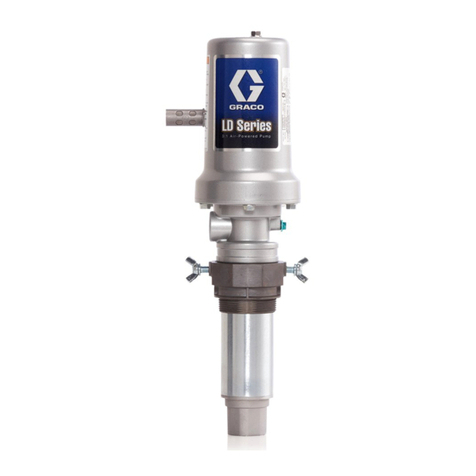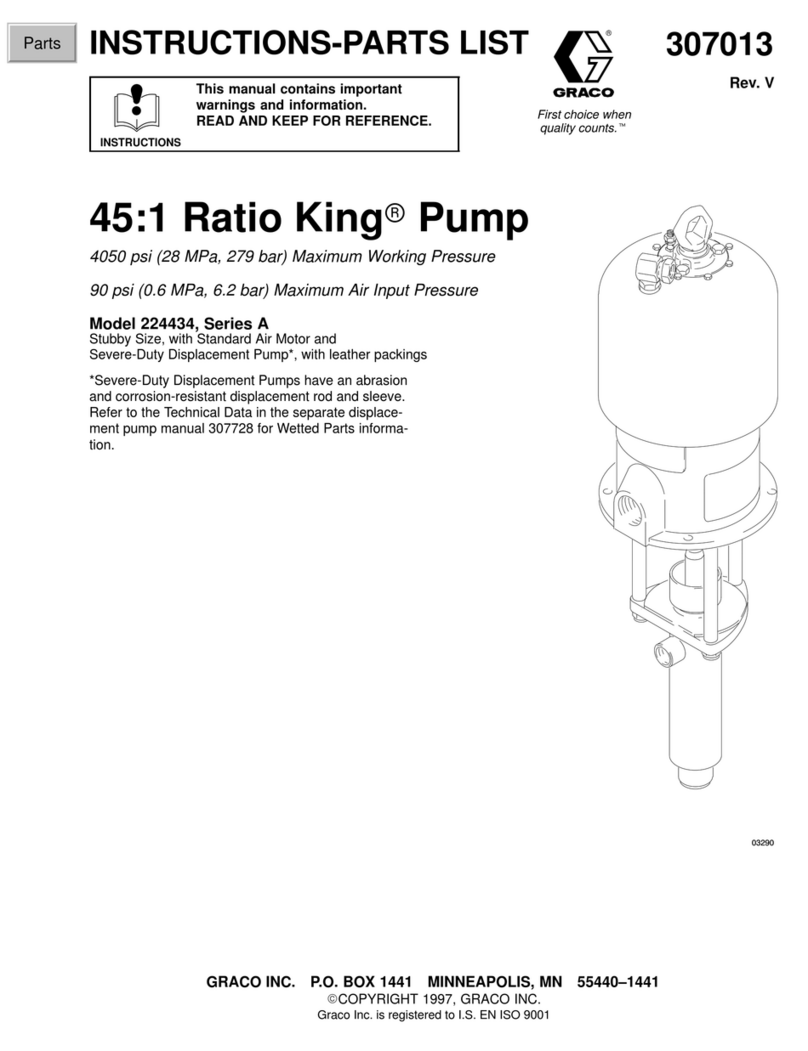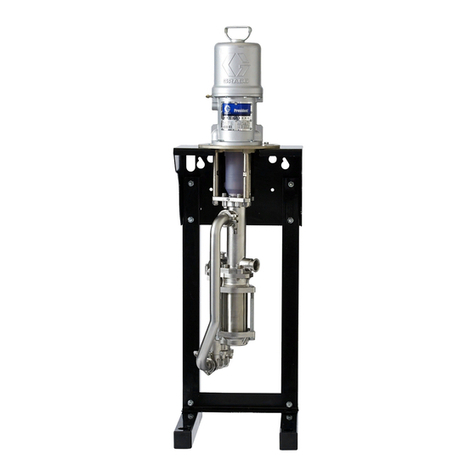Graco Dyna-Star 224912 User manual
Other Graco Water Pump manuals

Graco
Graco saniforce 2150 Use and care manual
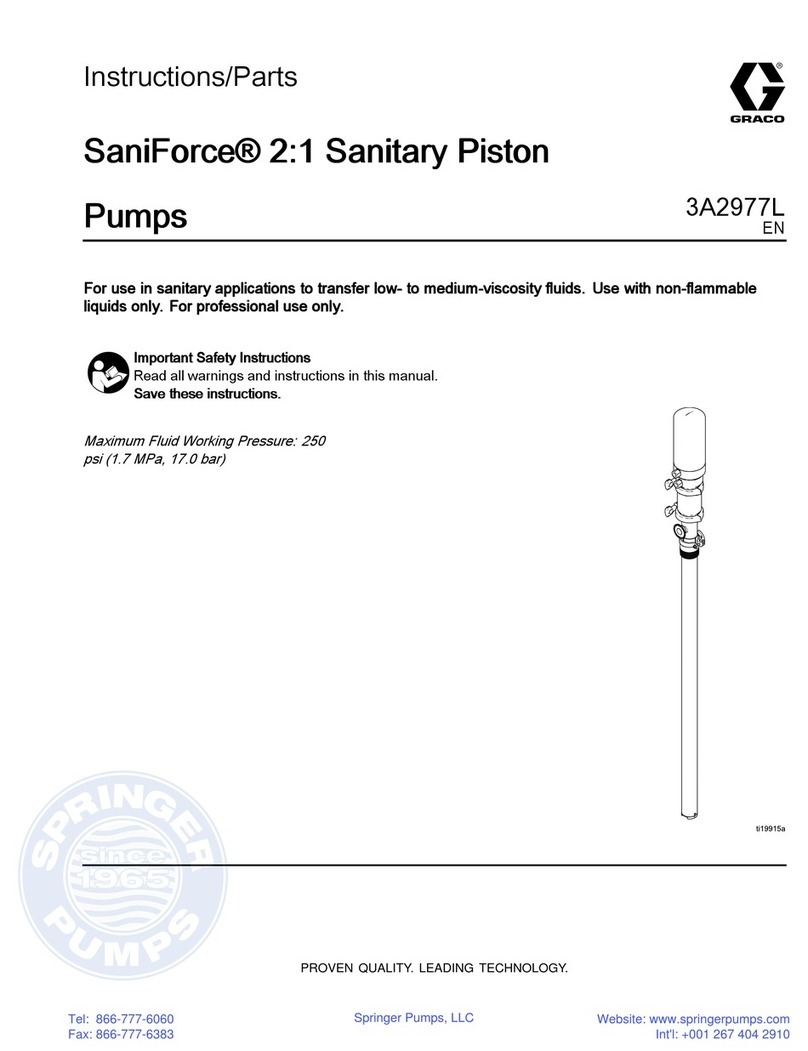
Graco
Graco SaniForce 24N300 User manual
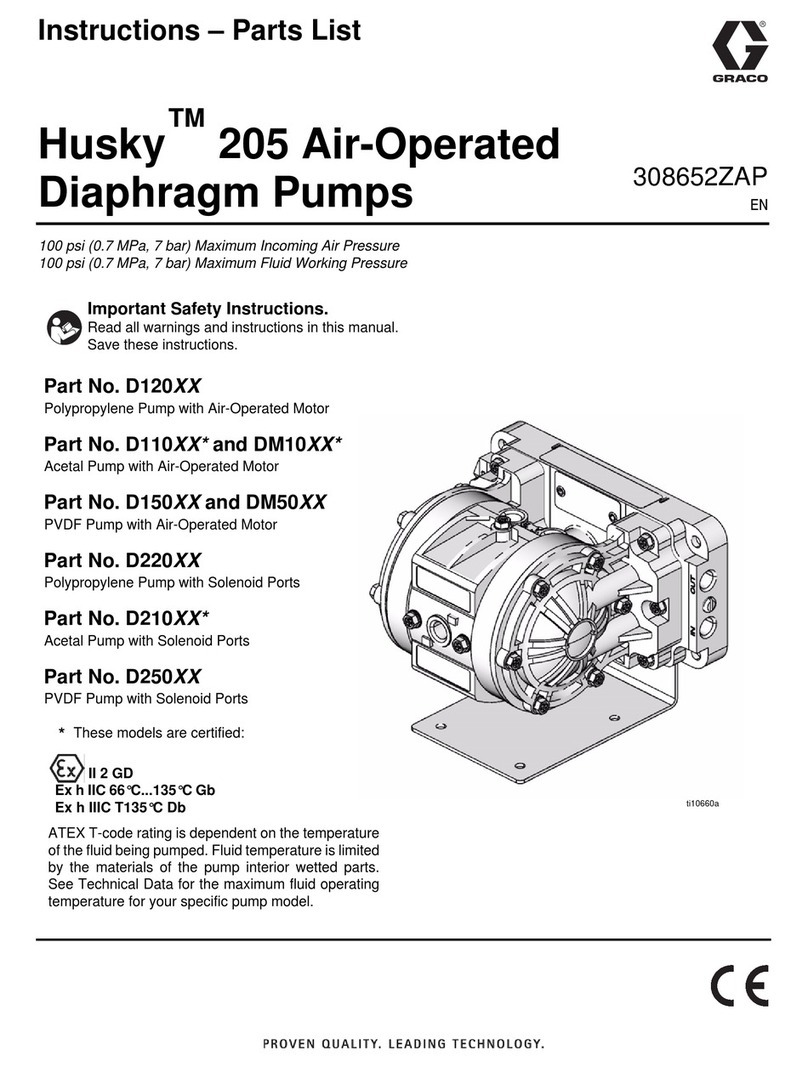
Graco
Graco II 2 GD Operation manual
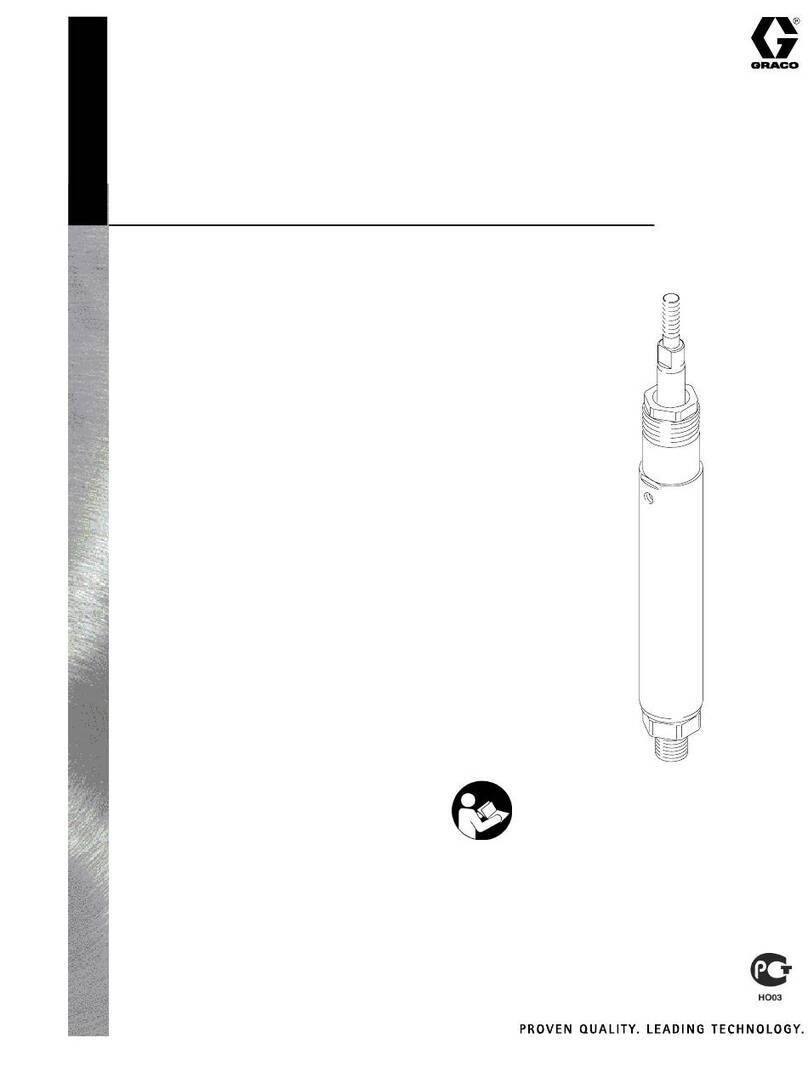
Graco
Graco C Series User manual
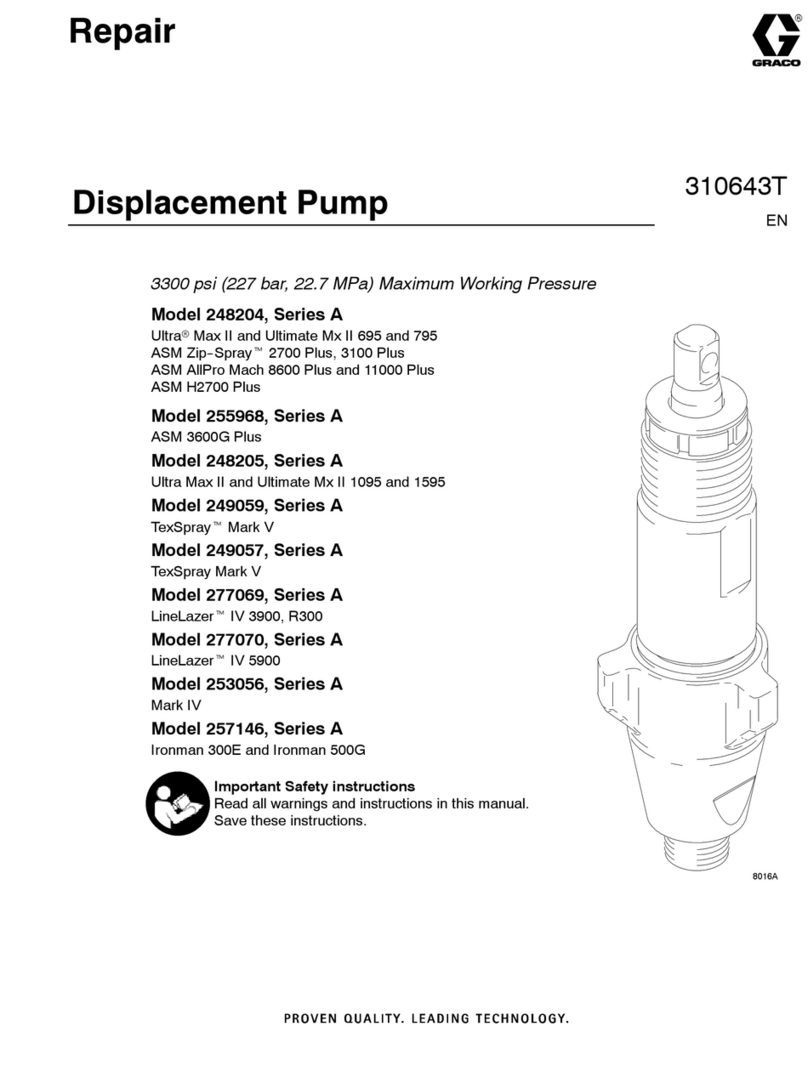
Graco
Graco Series A Operating instructions
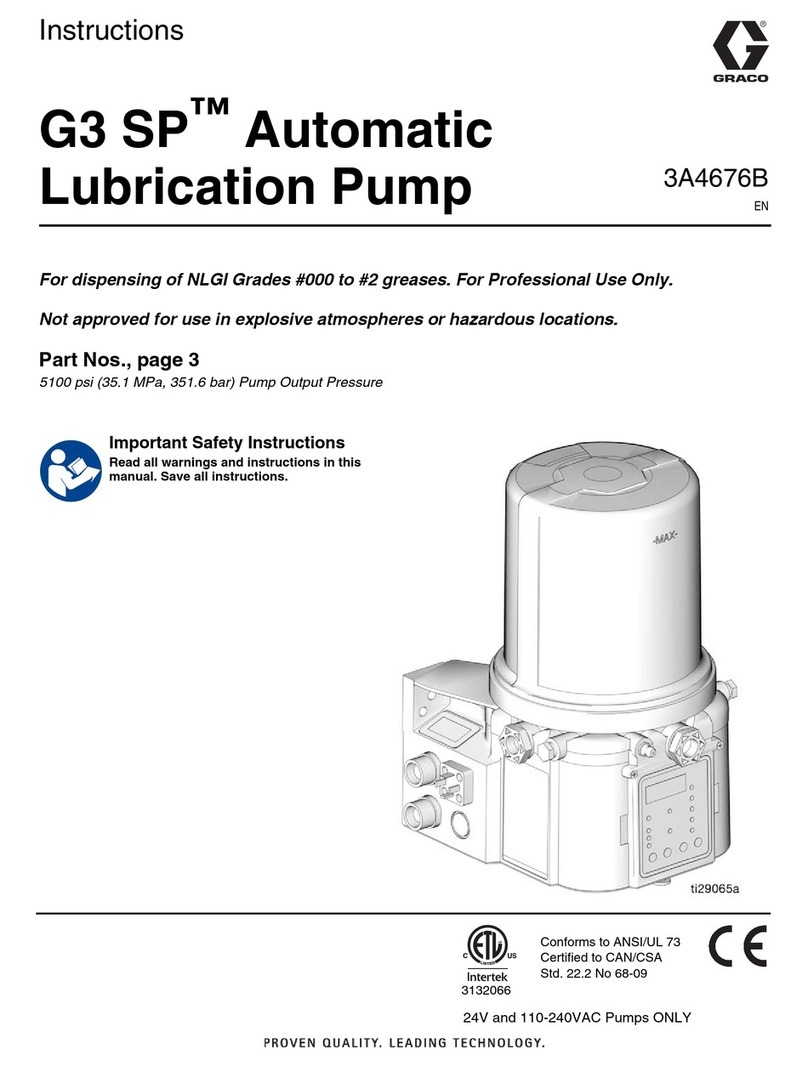
Graco
Graco G3 SP Series User manual
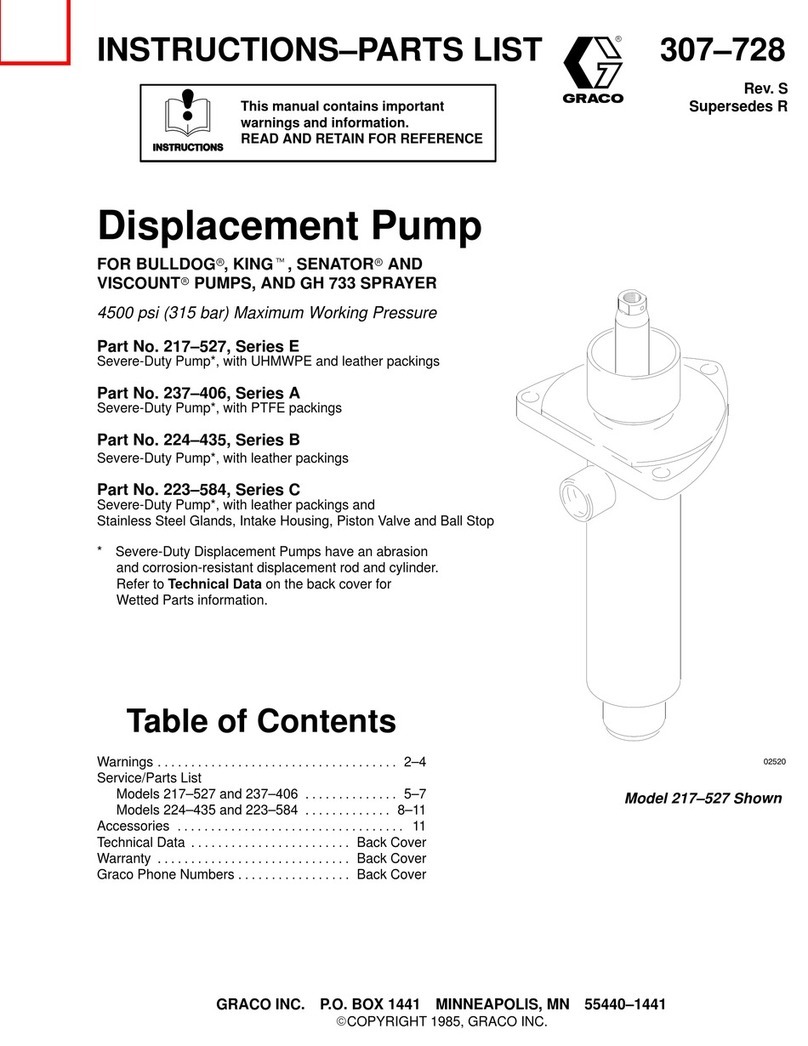
Graco
Graco Series A User manual
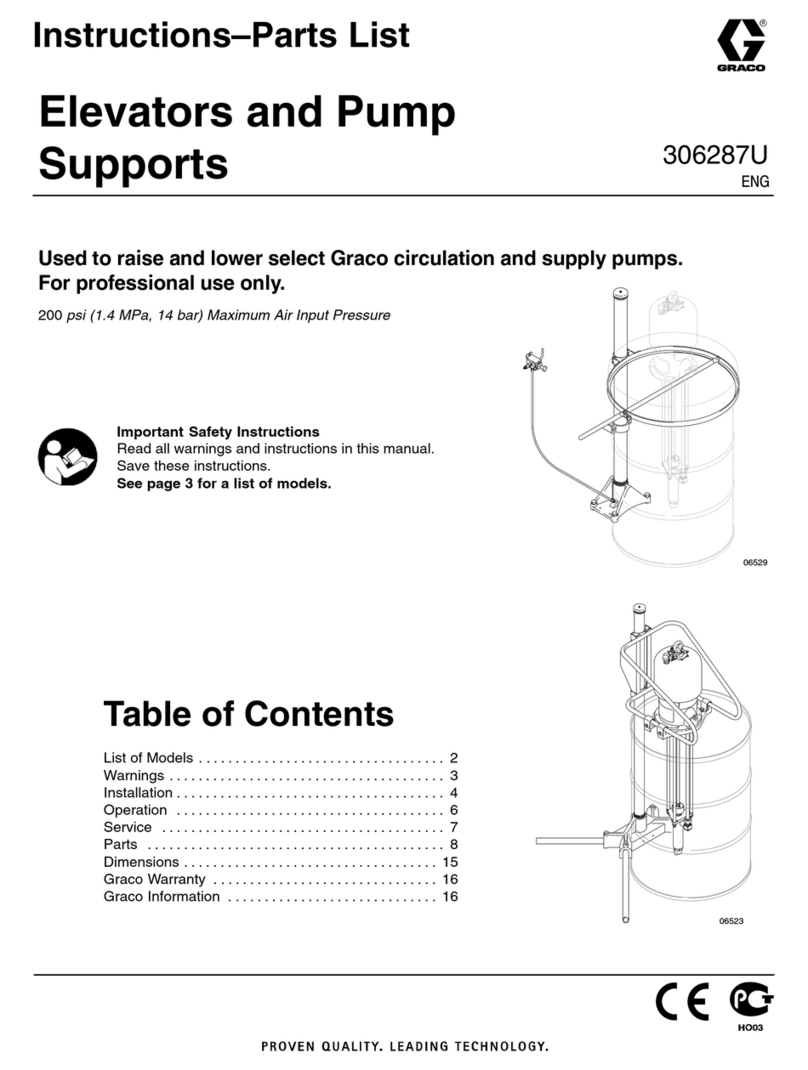
Graco
Graco 06529 User manual

Graco
Graco Series A Parts list manual
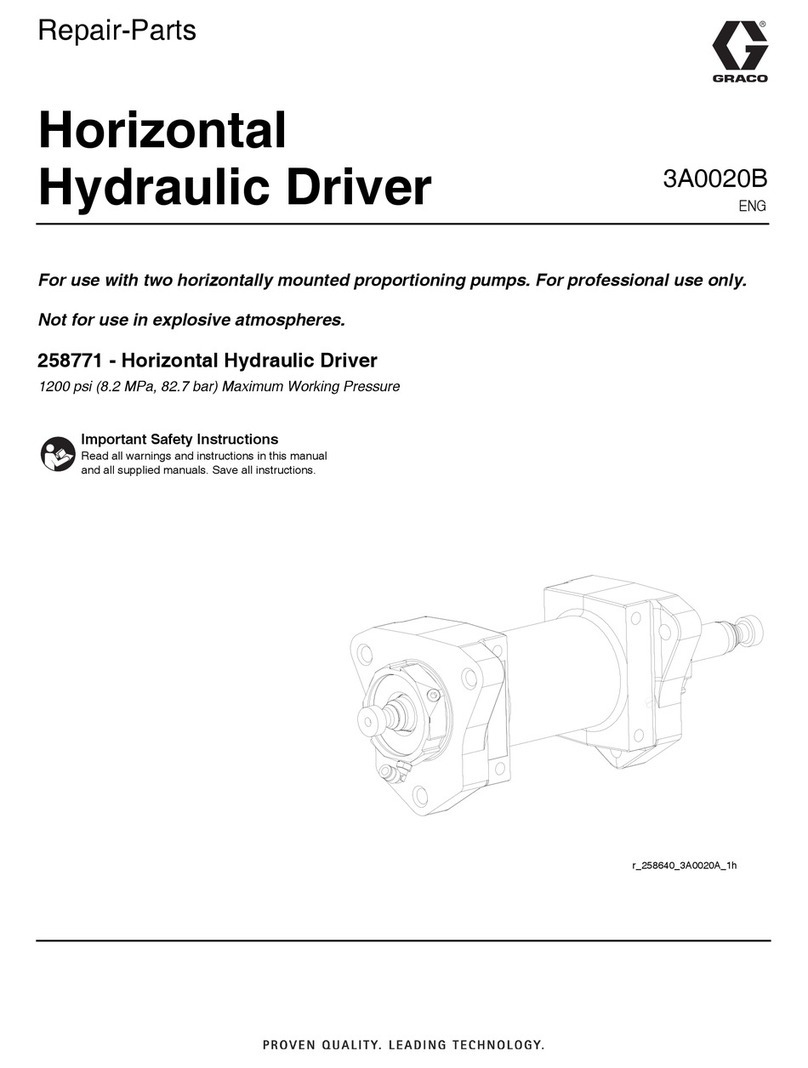
Graco
Graco 258771 Use and care manual
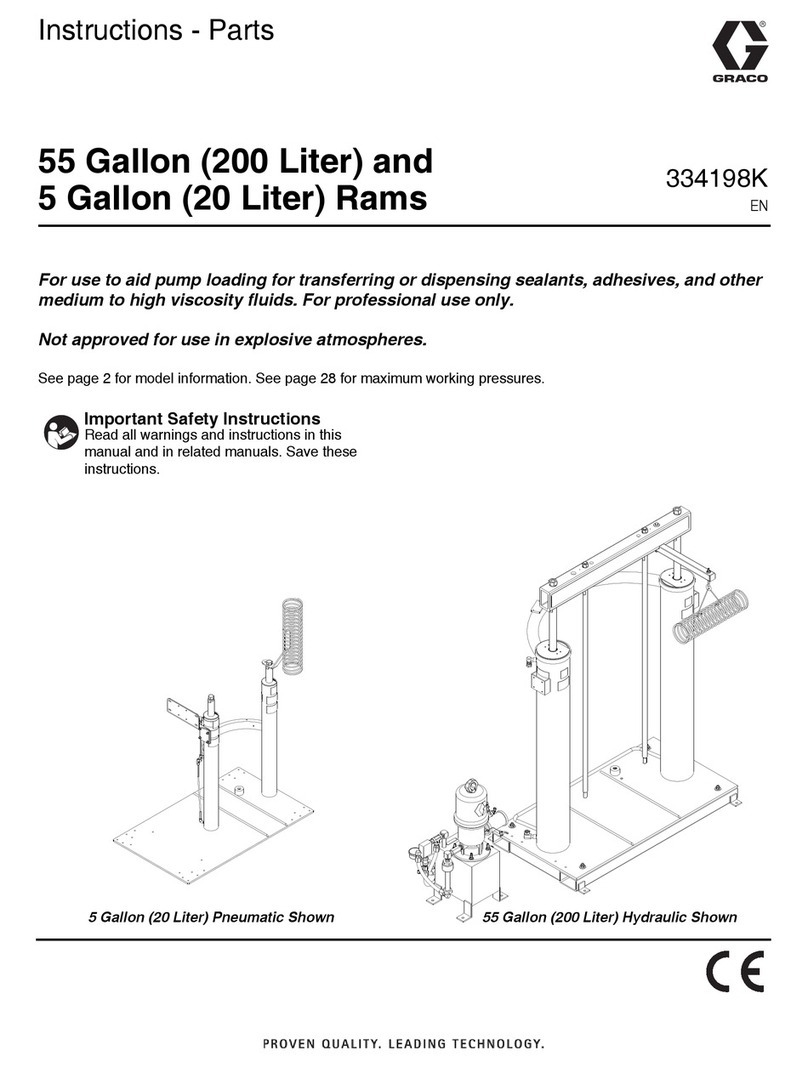
Graco
Graco 24W181 User manual
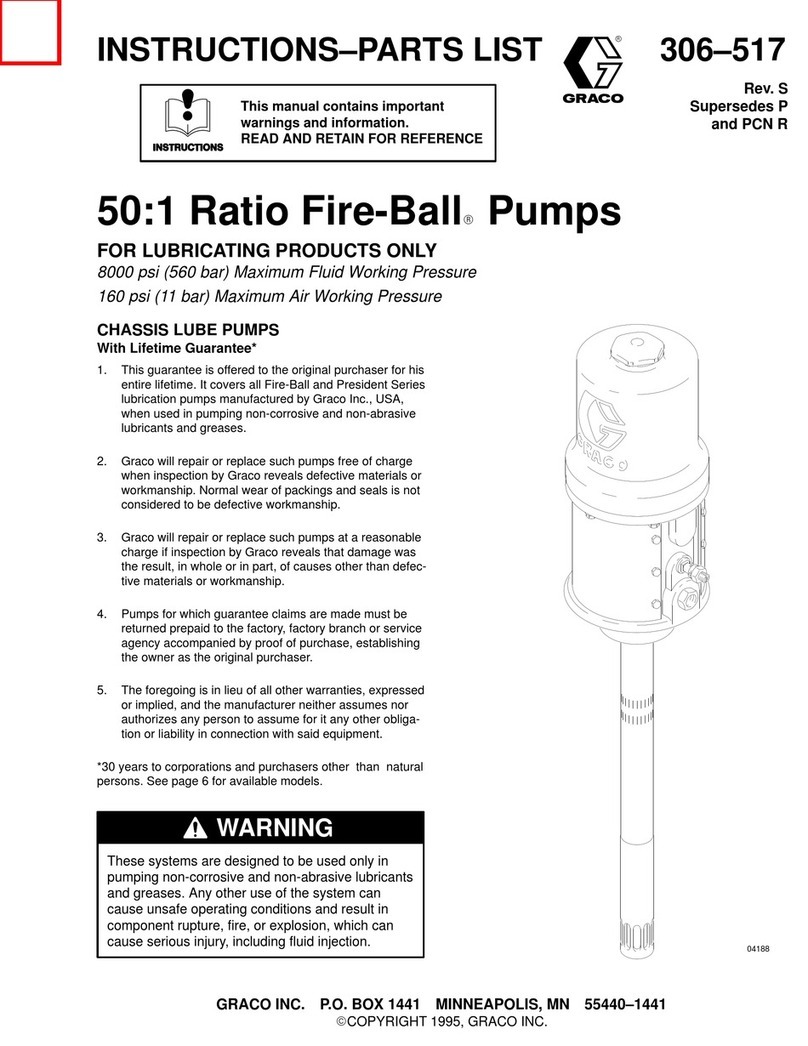
Graco
Graco Fire-Ball H Series Operation manual

Graco
Graco Series A Operating instructions
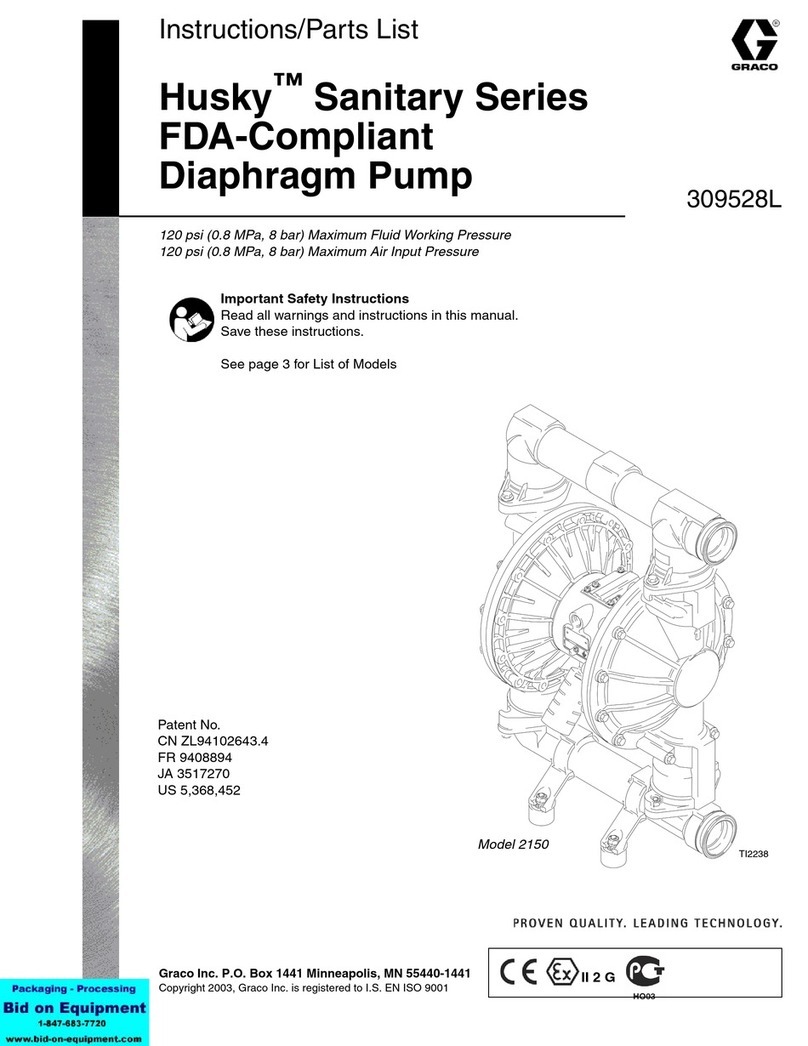
Graco
Graco Husky Sanitary Series Operation manual
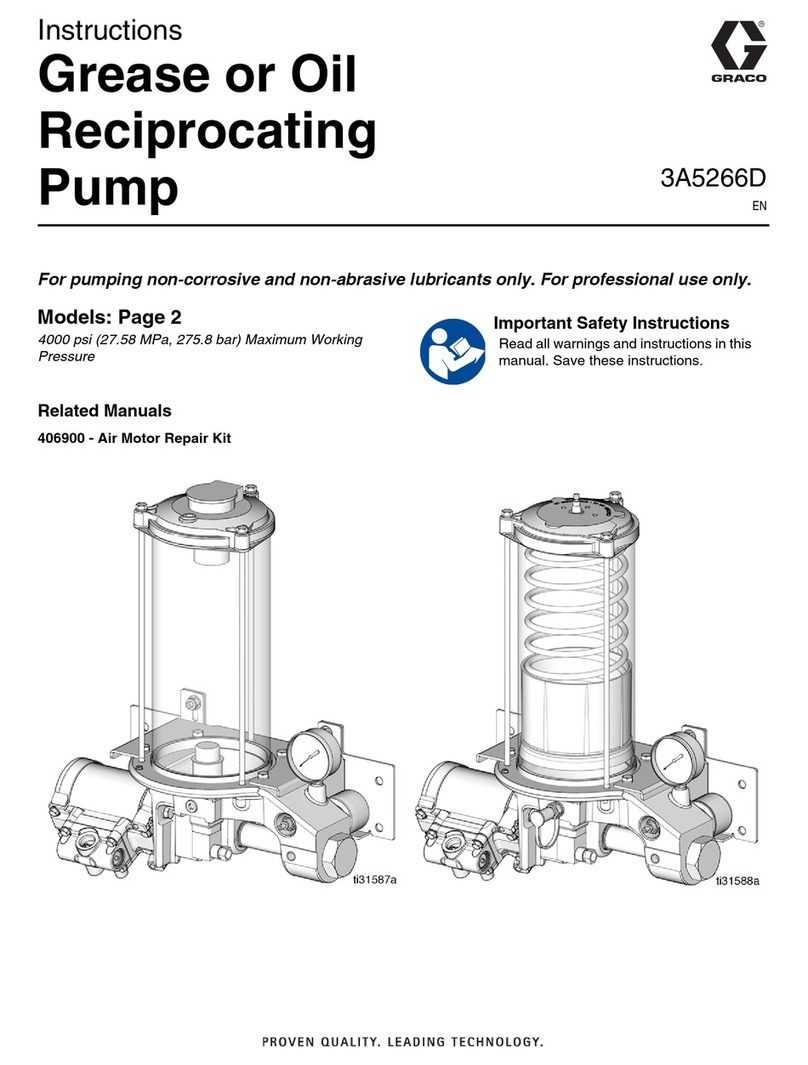
Graco
Graco 17P750 User manual
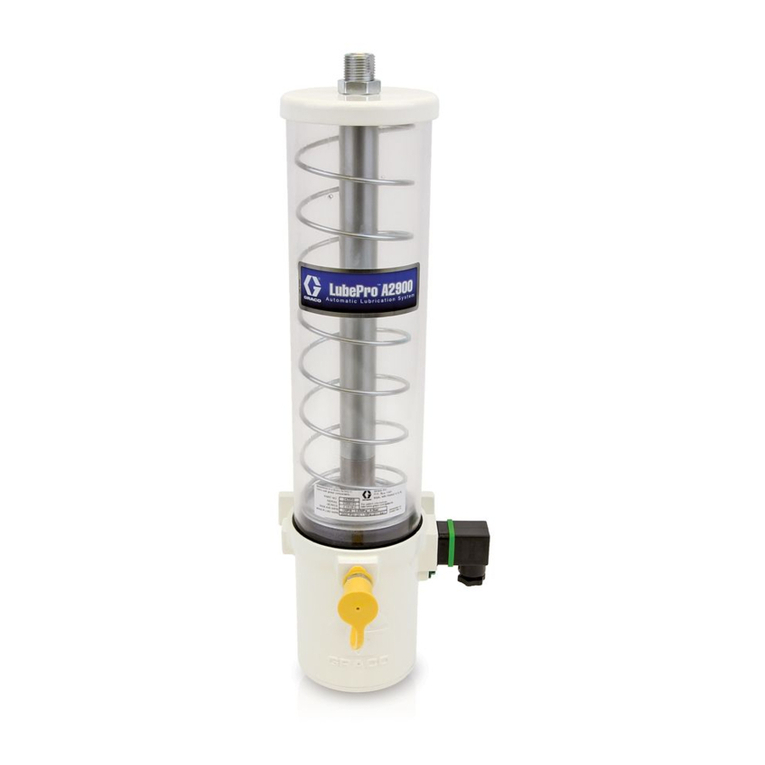
Graco
Graco 29:1 Lube Pro User manual
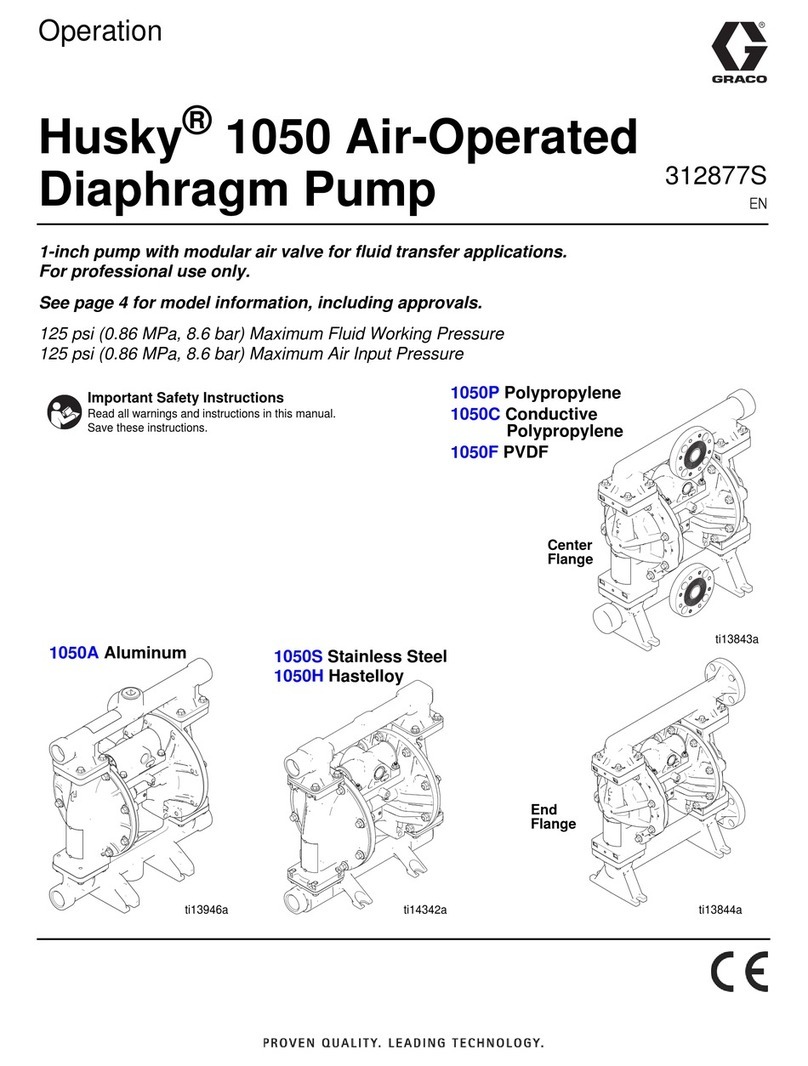
Graco
Graco HUSKY 1050P User manual

Graco
Graco Dyna-Star 239882 Operation manual
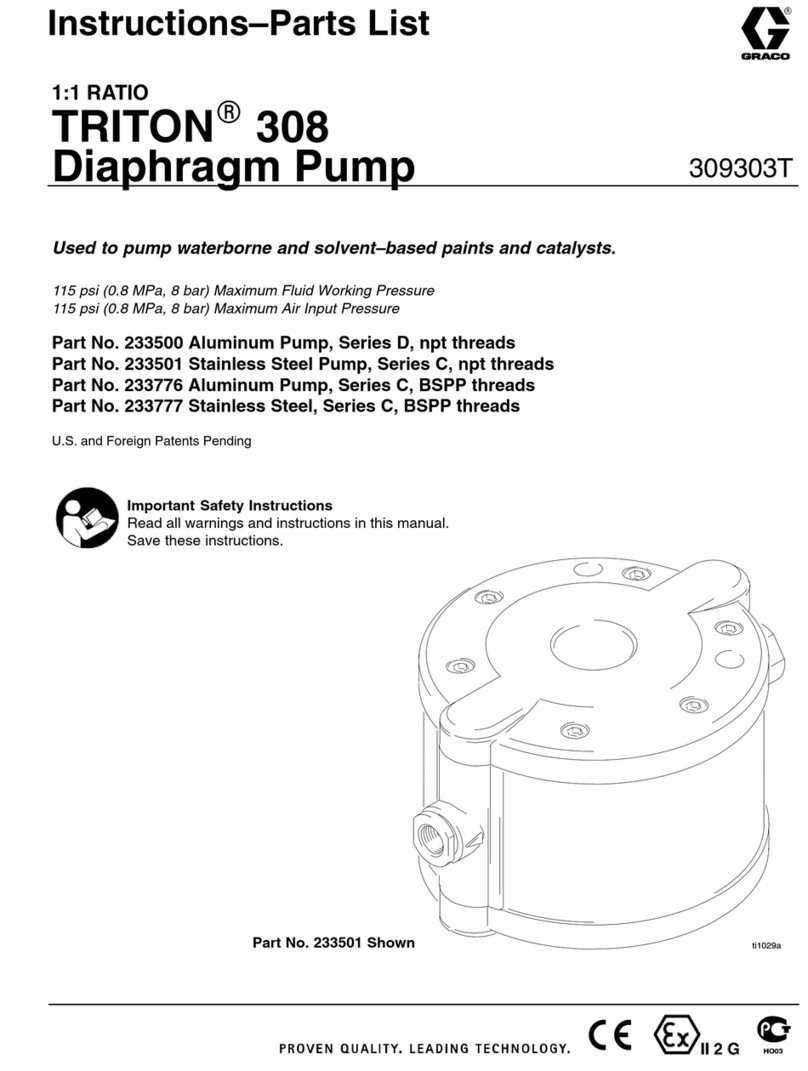
Graco
Graco 233776 User manual

Graco
Graco Series A Operation manual
Popular Water Pump manuals by other brands

Fieldmann
Fieldmann FVC 5015 EK user manual

Everbilt
Everbilt EFSUB5-122HD Use and care guide

esotec
esotec 101018 operating manual

Becker
Becker BASIC VASF 2.80/1-0.AC230 operating instructions

Sykes AmeriPumps
Sykes AmeriPumps GP100M Operation and maintenance instructions

DUROMAX
DUROMAX XP WX Series user manual

BRINKMANN PUMPS
BRINKMANN PUMPS SBF550 operating instructions

Franklin Electric
Franklin Electric IPS Installation & operation manual

Xylem
Xylem e-1532 Series instruction manual

Milton Roy
Milton Roy PRIMEROYAL instruction manual

STA-RITE
STA-RITE ST33APP owner's manual

GÜDE
GÜDE HWW 900 GC Translation of the original instructions

